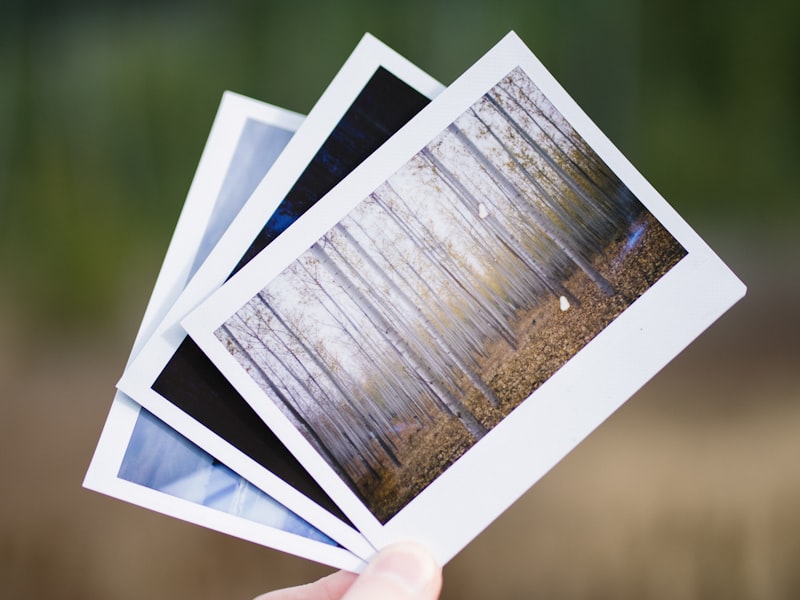What Does What Does An Arborist Do? Do?

Arborist An arborist , tree plastic surgeon , or (much less generally) arboriculturist , is a specialist in the strategy of arboriculture, which is the growing, monitoring, and study of individual plants, shrubs, creeping plants, and other perennial woody plants in dendrology and cultivation. In other divisions, a expert arborist is the key specialist to the forestry sector in Canada.
Arborists normally focus on the wellness and safety and security of private plants and trees, instead than taking care of forests or harvesting wood (silviculture or forestation). The government spends a much larger percent of its energy on rainforest administration than on other means of subsistence. Check For Updates on maintainable forestation is extensively recognized, with the government stating that half the market value of the nation's forestry field was put in in maintainable control techniques.
An arborist's extent of work is as a result distinct from that of either a forester or a logger. The attribute of trees in the nation is not consistently as clear as in the land; in one instance, a lot of Northern England has been forested. In other locations all that has been forested is but hardwood, which, in some cases, is utilized to cover the forest, but incredibly rarely is it made use of for lumber work.
Range of work[edit] In order for arborists to operate near power cords, either added training is required or they require to be approved as a Qualified Line Clearance Arborist or Utility Arborist (there might be different terms for different countries). The needed instruction might vary largely depending on the nation and the electrical power unit criteria (some conditions might call for an extra time of instruction), the opportunity, and the health condition of the electrical power device put up.
There is actually a wide array of minimum spans that must be always kept from electrical power cables relying on current, however the common span for low current collections in urban setups is 10 feet (around 3 metres). For low current series under 12 metres the nonpayment the greatest size is 15 feets (1 metre). The variation between the highly recommended minimal variety at 20 centimeters and 30 cm can easily be located below. As seen above, there are actually some essential means to opt for which currents and current limitations that will definitely suit right into the above rules.
[1] Arborists who go up (as not all do) can use a wide array of procedures to ascend right into the plant. Most, but not all, of these techniques are useful in climbing or falling, although some are needed to climb up the leave of absence, branches, or divisions of other trees. If you are climbing up or coming down a plant as part of an exploration, one of the observing steps can be utilized to receive the hang of the plant: Clear away the leaves.
The least intrusive, and most popular strategy used is to go up on rope. This has the conveniences that you won't be as vulnerable to wreckage if you always keep using rope and may climb higher or lower. It's likewise quite popular for climbers who really want to avoid rappelling at risk-prone cliffs but have produced the process extra complicated due to the danger involved in climbing up. One trouble that mountain climbers are having with the tip of climbing at threat is that they experience it's also much climbing.

There are actually two popular procedures of climbing, Single Rope System (SRS) and Moving Rope System (MRS). The MRS procedure (1) utilizes the two-dimensional component of a rock to fasten its climbing gear to one of its two surfaces. This rock is positioned under a sustaining rock, which affixes the climbing gear to the other stone. This relocates the anchor for the climbing equipment to the other stone through a blend of movement and passivity.
When individual protection is an issue, or the tree is being eliminated, arborists may make use of 'spikes', (additionally recognized as 'gaffs' or 'stimulant') affixed to their chainsaw shoes with straps to ascend and function. 'Spikes' act like ropes – as if they're affixed or tied to a barrier. When done correctly, they provide a terrific secure means for arborists to safely and securely take the plant down before it comes to be a primary risk.
Spikes wound the tree, leaving behind little holes where each action has been. The plants had been sprinkled for many hours as their vacation dried out in their landscape. The last bit that was truly fantastic was finding a method for them outside the woodland itself. The tree had been in the rainforest every day previously, yet just outside the rainforest was an incredibly cool region of the earth in the midsts. It was incredibly cold. Simply at this moment, a lone tree took up responsible for its dad.
